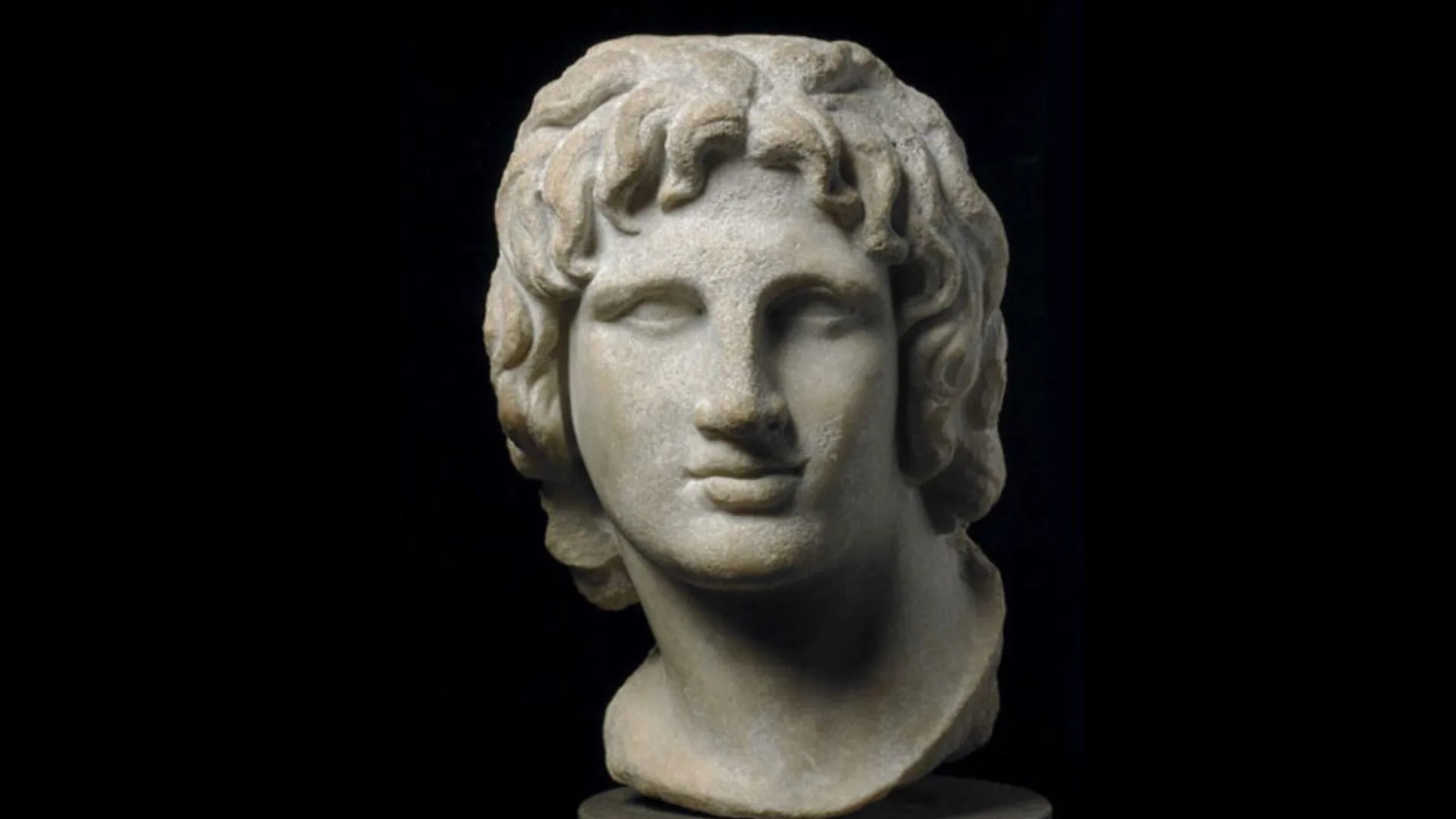A group of archaeologists, led by Antonis Bartziokas from Democritus University of Thrace, may have uncovered the sacred “chiton,” or tunic, of Alexander the Great, sparking excitement in the archaeological community.
According to ekathimerini.com, the discovery, detailed in the Journal of Field Archaeology, involves a purple fabric found in a royal tomb at Vergina, in northern Greece’s Macedonian region.
This fabric was located in the golden ossuary of Tomb II, alongside human remains and a gold wreath.
The cloth, a purple robe known as a sarapis, was traditionally worn by Persian monarchs and later adopted by Alexander.
Through extensive analysis, researchers determined the fabric was made of cotton—an unusual material at the time—and dyed in royal purple. They also found traces of chondrite, a white mineral commonly used in ancient Persia, embedded within the layers.
These findings suggest the garment was part of royal clothing with eastern influences, likely brought back by Alexander himself.
This discovery offers new insights into the tomb’s artifacts, suggesting that many items may have belonged to Alexander rather than his father, King Philip II of Macedon.
Source: ekathimerini.gr
